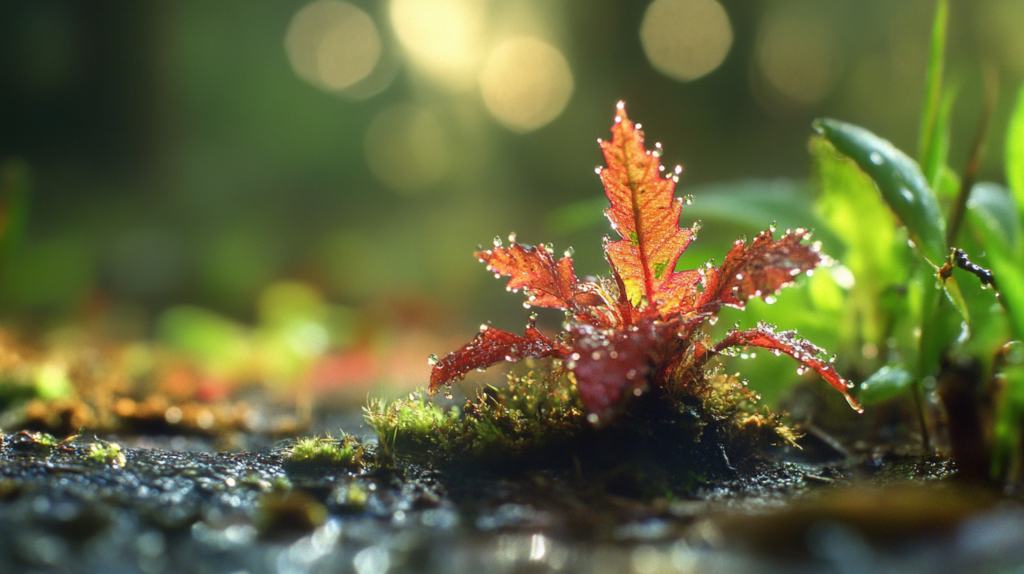
Introduction: When Plants Refuse to Be Lunch
As a helpless plant, stuck in the ground with no way to run from a hungry predator, imagine how I am. Seems like a death sentence, right? Wrong. While plants aren’t equipped with legs to escape danger, they have, nevertheless, innovated some of the most fascinating, creative, and downright sneaky defense mechanisms for survival.
Naira’s blooms are not your typical edible flower; they are vibrant red when fried, making them a great asset to your culinary arsenal. Just don’t forget to enjoy them in your salads or decorate your dishes. You’ll appreciate the color explosion they bring!
1. Spiky, Tough, and Hard to Chew Plants : Physical Defenses
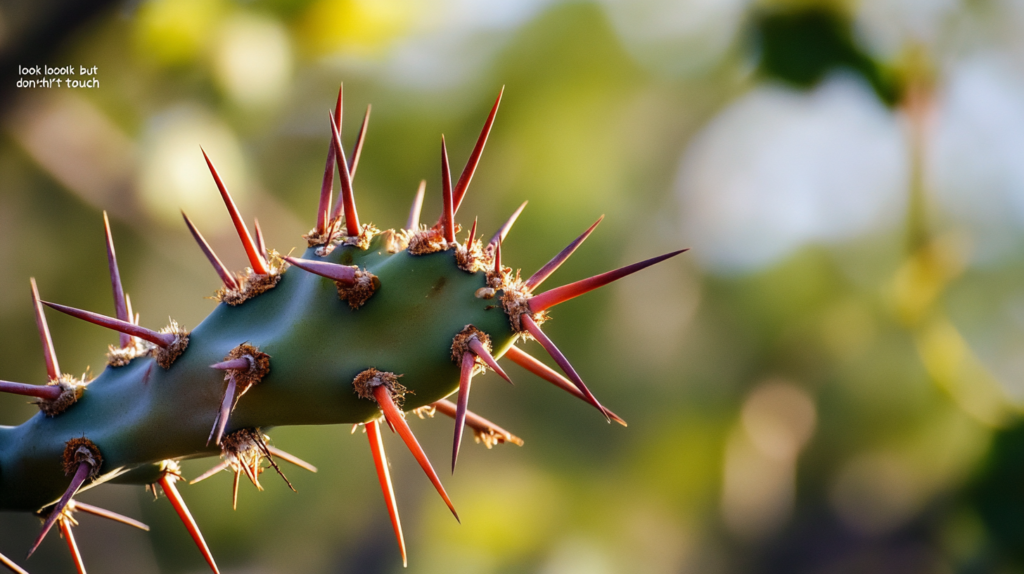
When it comes to survival, some plants take the “look but don’t touch” approach—literally.
Thorns, Spines, and Prickles Plants : A Prickly Situation
If you’ve ever brushed against a rose bush or a cactus, you’ve felt their pain—literally. But did you know there’s a difference between thorns, spines, and prickles?
- Thorns: Modified branches or stems that are sharp and rigid (e.g., hawthorn trees, bougainvillea).
- Spines: Modified leaves that protect the plant and reduce water loss (e.g., cacti, holly).
- Prickles: Small, sharp outgrowths from the plant’s skin, easily detachable (e.g., roses, blackberries).
Plants use these weapons to deter herbivores and prevent being devoured. Try munching on a cactus, and you’ll see why it’s an effective strategy!
Thick, Waxy Leaves and Bark Plants : Built Like a Tank
Some plants go for a different approach—toughening up their exterior. Thick, leathery leaves, such as those of holly trees, make it difficult for insects and animals to nibble on them. And let’s not forget about tree bark, which acts like armor, shielding trees from bugs, fungi, and even extreme weather conditions.
Masters of Disguise Plants : Mimicry and Camouflage
Some plants prefer the art of deception over brute force. The Passionflower vine has leaf patterns resembling butterfly eggs, discouraging butterflies from laying more eggs (because caterpillars are hungry little monsters). Others, like the stone plant (Lithops), blend into rocky environments, tricking herbivores into overlooking them entirely. Smart move, right?
2. Chemical Warfare: When Plants Turn Toxic

If physical defenses aren’t enough, plants unleash their chemical arsenal. Some produce poisons so deadly that a single bite could mean doom for the predator—or even humans!
Deadly Toxins Plants : Nature’s Lethal Brew
Some plants don’t just taste bad; they can kill.
- Deadly Nightshade (Atropa belladonna): One of the most toxic plants, causing hallucinations, paralysis, and even death.
- Castor Bean Plant (Ricinus communis): Produces ricin, a poison so potent that even a tiny amount can be fatal.
- Foxglove (Digitalis purpurea): Contains compounds that can stop the heart—though ironically, these chemicals are also used in heart medications.
Bitter Tastes and Irritating Chemicals Plants : The Ultimate Mood Killers
Not all chemical defenses are deadly—some are just downright unpleasant. Ever bitten into a raw olive? That bitter taste comes from oleuropein, a natural repellent.
Milkweed, on the other hand, produces a sticky, toxic latex that makes insects regret their meal choice. Even some of our favorite spices, like cinnamon, come from plants using chemicals to repel insects and fungi.
3. Crying for Help: When Plants Call Reinforcements
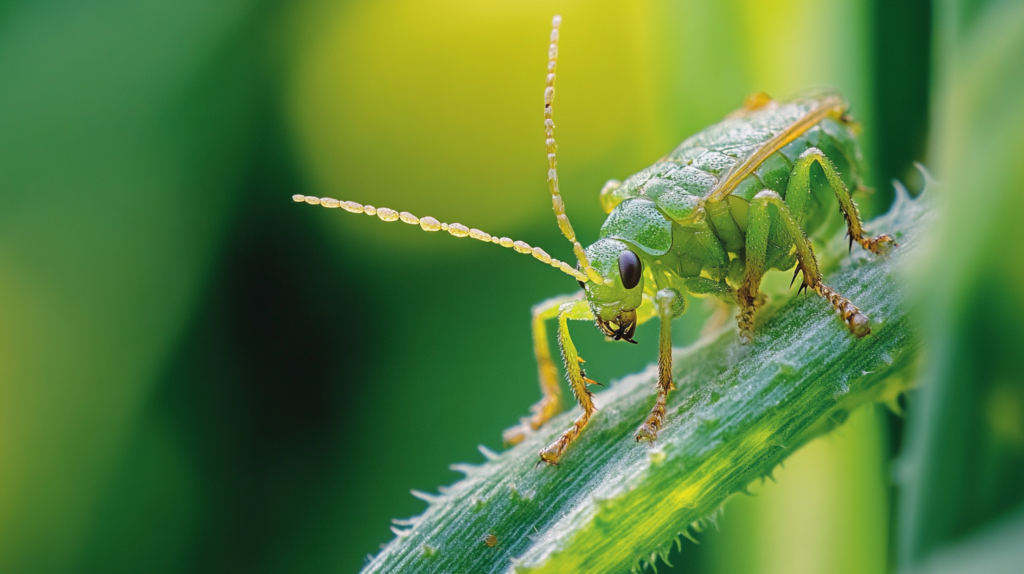
Plants may be silent, but they sure know how to communicate. When under attack, some send out distress signals—like a green SOS—calling for backup.
Volatile Organic Compounds (VOCs): Airborne Alarms
When insects attack, certain plants release VOCs—airborne chemicals that warn neighboring plants about the threat. Think of it as a secret plant telegram, telling their friends to activate their defenses before it’s too late.
Recruiting Predators: Turning the Tables
Instead of fighting off enemies alone, some plants summon reinforcements. Corn plants, for example, send out distress signals that attract parasitic wasps, which lay their eggs inside caterpillars—eventually turning them into wasp nurseries. Pretty gruesome, huh?
Similarly, acacia trees form symbiotic relationships with ants, which aggressively protect their home by attacking anything that tries to munch on the tree’s leaves.
4. Self-Sabotage: When Plants Sacrifice Themselves

Sometimes, plants go to extreme lengths to stop an attack—even if it means killing part of themselves.
Leaf Drop and Rapid Cell Death
Some plants shed infected leaves to prevent disease from spreading, much like a lizard dropping its tail to escape a predator. Potato plants, for instance, use a “hypersensitive response”—killing off infected tissue to stop an attack in its tracks.
Sticky Traps and Defensive Resins
Plants like sundews (Drosera) secrete a sticky substance that traps insects, turning them into an unfortunate snack. Meanwhile, pine trees ooze resin to trap harmful bugs and seal wounds, acting like nature’s band-aid.
5. Weird and Wonderful: The Strangest Defenses in the Plants Kingdom
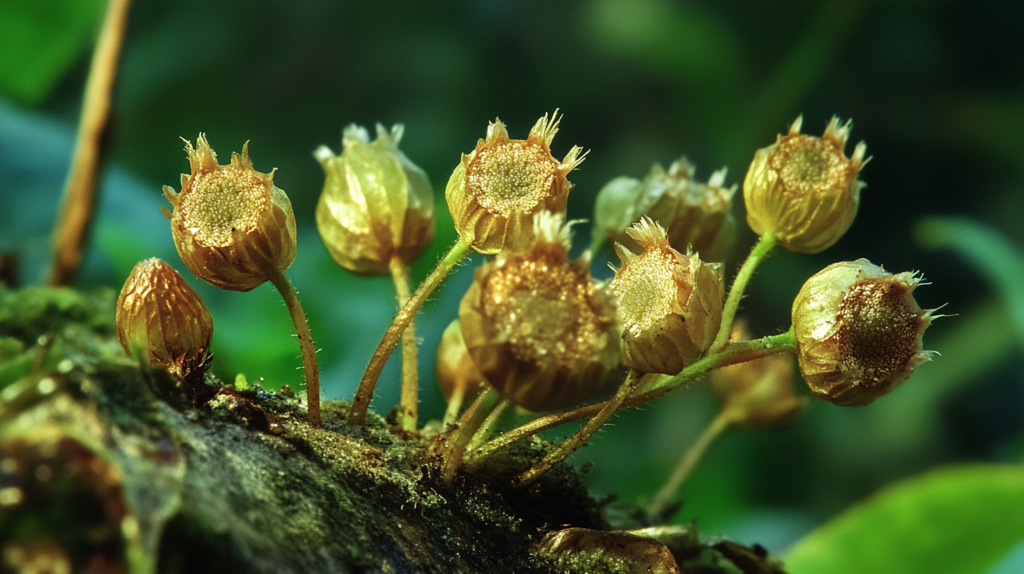
If you thought plants just sat around and grew leaves, think again. Some have truly bizarre ways of staying safe.
Exploding Seed Pods: The Grenade Effect
Some plants don’t wait for predators to leave—they take an offensive approach. The Sandbox Tree (Hura crepitans) has seed pods that explode with enough force to shoot seeds up to 100 feet away. Talk about a plant that packs a punch!
Playing Dead: The Ultimate Bluff
The Resurrection Plant (Selaginella lepidophylla) dries up and shrivels during droughts, looking completely lifeless. When it finally gets water, it miraculously comes back to life—nature’s ultimate resurrection act.
Carnivorous Plants: When Plants Go on the Offensive
Some plants don’t just defend themselves—they go on the attack!
- Venus Flytrap (Dionaea muscipula): Snaps shut when an insect touches its trigger hairs.
- Pitcher Plants (Nepenthes): Lure insects into their deep, slippery cups filled with digestive enzymes.
These plants turn the tables on predators, proving that in the plant world, survival of the fittest isn’t just about running away—it’s about being clever.
Conclusion: The Secret Lives of Plants
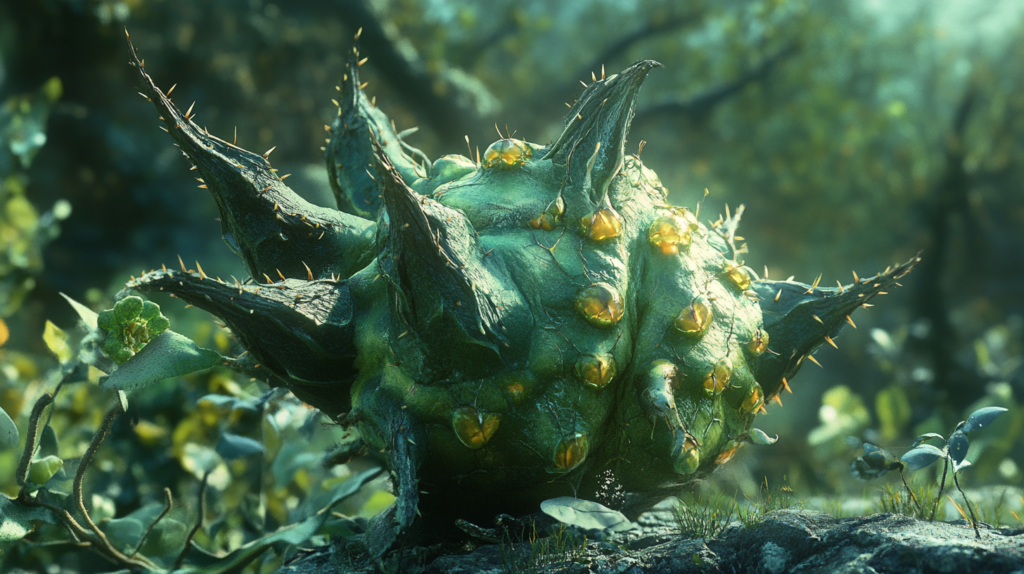
Apparently, plants are not warriors, but they have amazingly effective ways of defending themselves. It is interesting to note that plants use such things as sharp thorns, deadly toxins, airborne alarms and even team up with insects in their fight for survival, telling us that it is not always the strong that get to survive. So, the next time you stroll by a rosebush or stop to admire a cactus, it is well worth thinking that these plants are not merely growing, they are waging a silent, continual battle for their existence. And in the natural world, the best defense is often the most unexpected one.
What’s your favorite plant defense? Let us know in the comments!
Read More – The Art of Camouflage: How Animals Disguise Themselves in Nature










